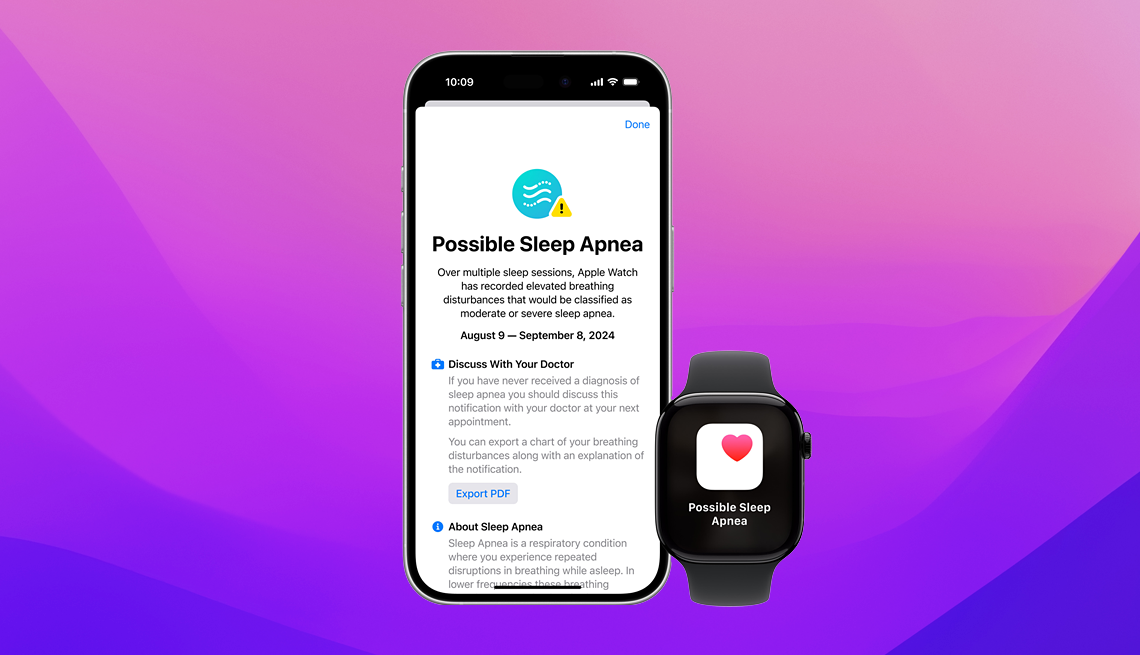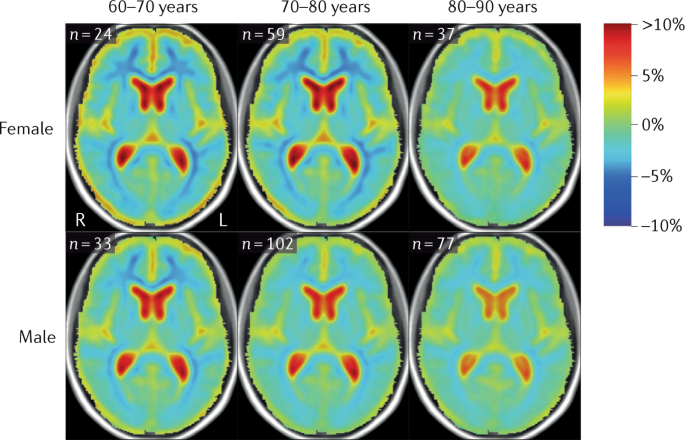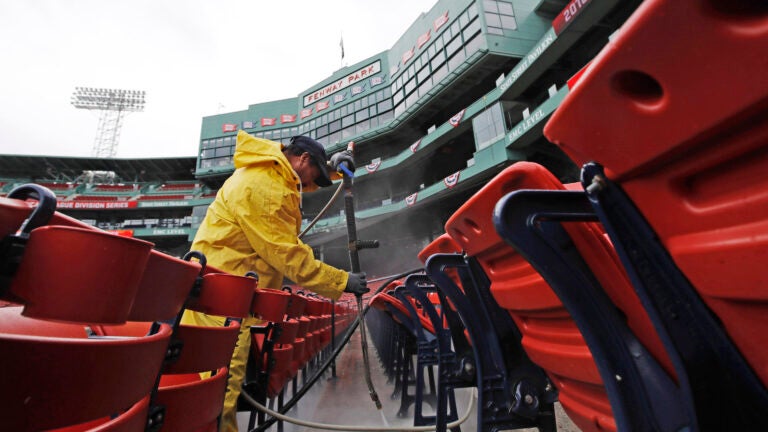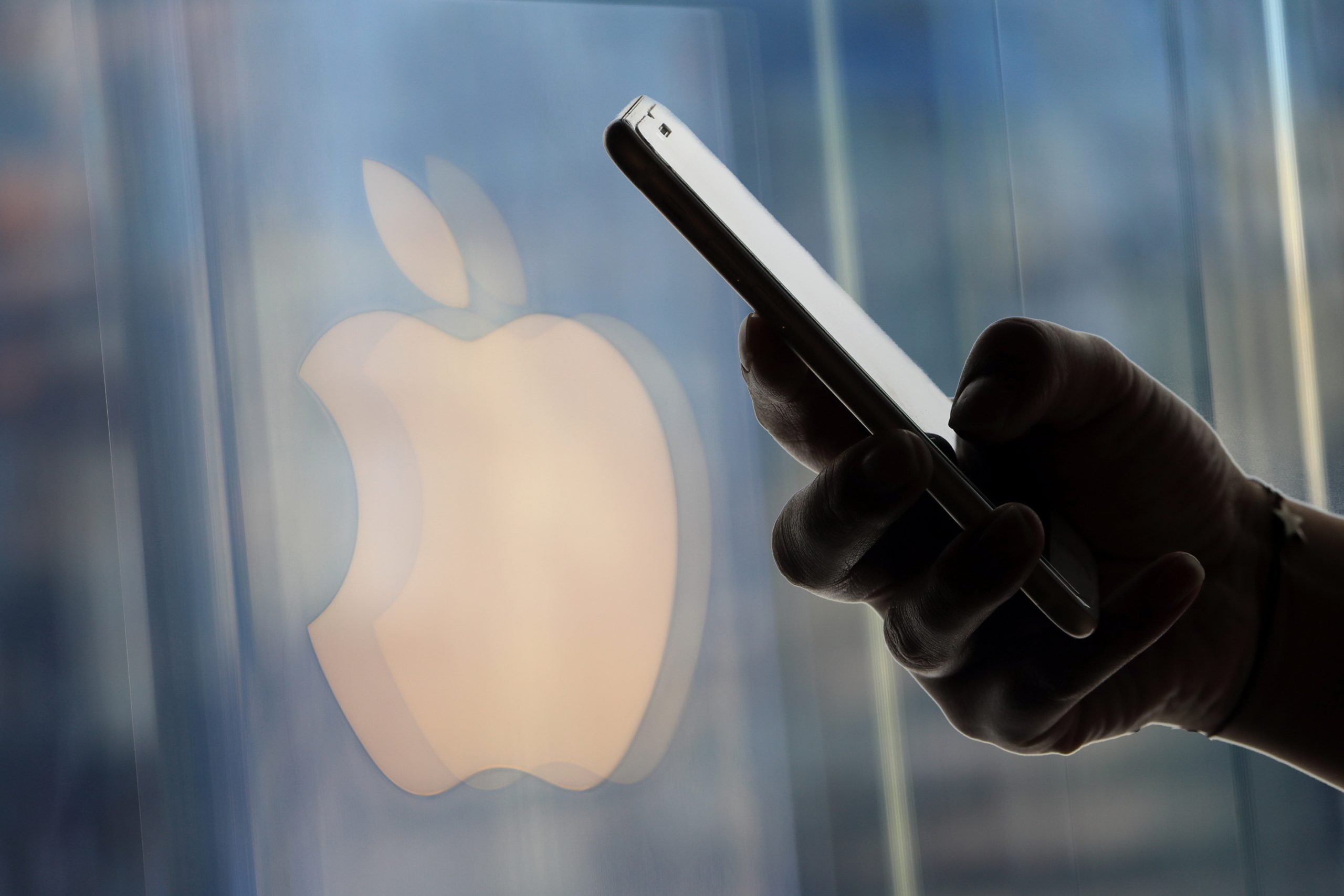
- Select a language for the TTS:
- UK English Female
- UK English Male
- US English Female
- US English Male
- Australian Female
- Australian Male
- Language selected: (auto detect) - EN
Play all audios:
The Food and Drug Administration (FDA) approved a feature Monday that may be able to detect signs of moderate to severe sleep apnea in people who wear their Apple Watch to bed. The feature,
which became available via a software update to some Apple Watch models, leverages the accelerometers on the new Apple Watch Series 10 (starting at $399), the new Apple Watch Ultra 2,
(starting at $799) and last year’s Apple Watch Ultra 2 and Apple Watch Series 9. An accelerometer measures the vibration of motion, and in a smartwatch it can track a wearer’s movements and
activity levels. The OK is the agency’s second of a sleep apnea detection feature in a smartwatch. The first came in February for the Samsung Galaxy Watch Ultra (starting at $649.99) and its
Samsung Health Monitor app for Galaxy Android smartphones. While the FDA cleared the Apple Watch as a medical grade device, the watches are not certified to diagnose sleep apnea, which
affects more than 1 billion people worldwide. Experts estimate that 4 out of 5 people who have sleep apnea — characterized as repeated stopping and starting of breathing that can disrupt
sleep — have not been diagnosed, either because they don’t recognize the symptoms or don’t believe they have anything to worry about. The potential consequences are more serious than the
fatigue or irritability you might feel the next day. Left untreated, sleep apnea can increase the risk of cancer, type 2 diabetes, chronic kidney disease, cardiac issues and dementia. The
Apple Watch monitors your breathing disturbances for 30 days to look for patterns that could be a symptom of sleep apnea. It notifies you, but you have to talk to your doctor. Courtesy of
Apple SMARTWATCH TRACES YOUR BREATHING Apple is basing its sleep apnea feature around a metric it refers to as Breathing Disturbances, described as interruptions in your regular respiratory
patterns. Each night, Apple classifies your Breathing Disturbances as “elevated” or “not elevated.” Some elevated disturbances might relate to medications you take or alcohol you ingest and
not have anything to do with sleep apnea. Every 30 days, Apple will analyze the data, and if more than half the nights have been determined to be elevated, you’ll be notified of potential
moderate to severe sleep apnea. Such notifications will include the time frame when the possible sleep apnea was detected. If you receive a notification, you’ll be encouraged to contact your
doctor. The feature is designed for people 18 and older who have not previously had a sleep apnea diagnosis. Keep in mind the battery life on Apple Watch Series 9 and Series 10 is rated to
last around 18 hours, so if you intend to wear the watches to bed, you'll have to find time to charge them. The Ultra2 model has double the battery life.. OTHER DEVICES APPROVED THIS
YEAR









